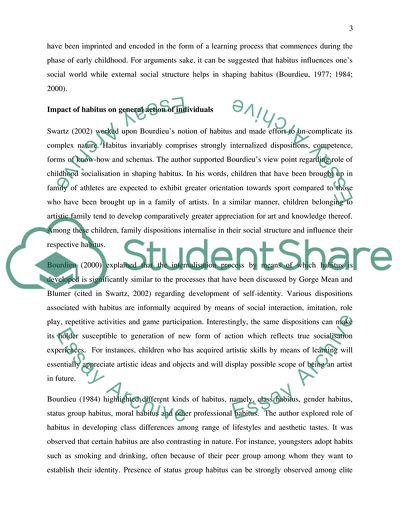Cite this document
(Social Class Theories and Consumer Behaviour Literature review - 1, n.d.)
Social Class Theories and Consumer Behaviour Literature review - 1. https://studentshare.org/sociology/1863575-with-reference-to-bourdieus-theory-of-distinction-and-other-relevant-theorists-on-social-class-give-a-detailed-example-of-how-a-specific-habitus-shapes-consumer-behaviour
Social Class Theories and Consumer Behaviour Literature review - 1. https://studentshare.org/sociology/1863575-with-reference-to-bourdieus-theory-of-distinction-and-other-relevant-theorists-on-social-class-give-a-detailed-example-of-how-a-specific-habitus-shapes-consumer-behaviour
(Social Class Theories and Consumer Behaviour Literature Review - 1)
Social Class Theories and Consumer Behaviour Literature Review - 1. https://studentshare.org/sociology/1863575-with-reference-to-bourdieus-theory-of-distinction-and-other-relevant-theorists-on-social-class-give-a-detailed-example-of-how-a-specific-habitus-shapes-consumer-behaviour.
Social Class Theories and Consumer Behaviour Literature Review - 1. https://studentshare.org/sociology/1863575-with-reference-to-bourdieus-theory-of-distinction-and-other-relevant-theorists-on-social-class-give-a-detailed-example-of-how-a-specific-habitus-shapes-consumer-behaviour.
“Social Class Theories and Consumer Behaviour Literature Review - 1”. https://studentshare.org/sociology/1863575-with-reference-to-bourdieus-theory-of-distinction-and-other-relevant-theorists-on-social-class-give-a-detailed-example-of-how-a-specific-habitus-shapes-consumer-behaviour.


